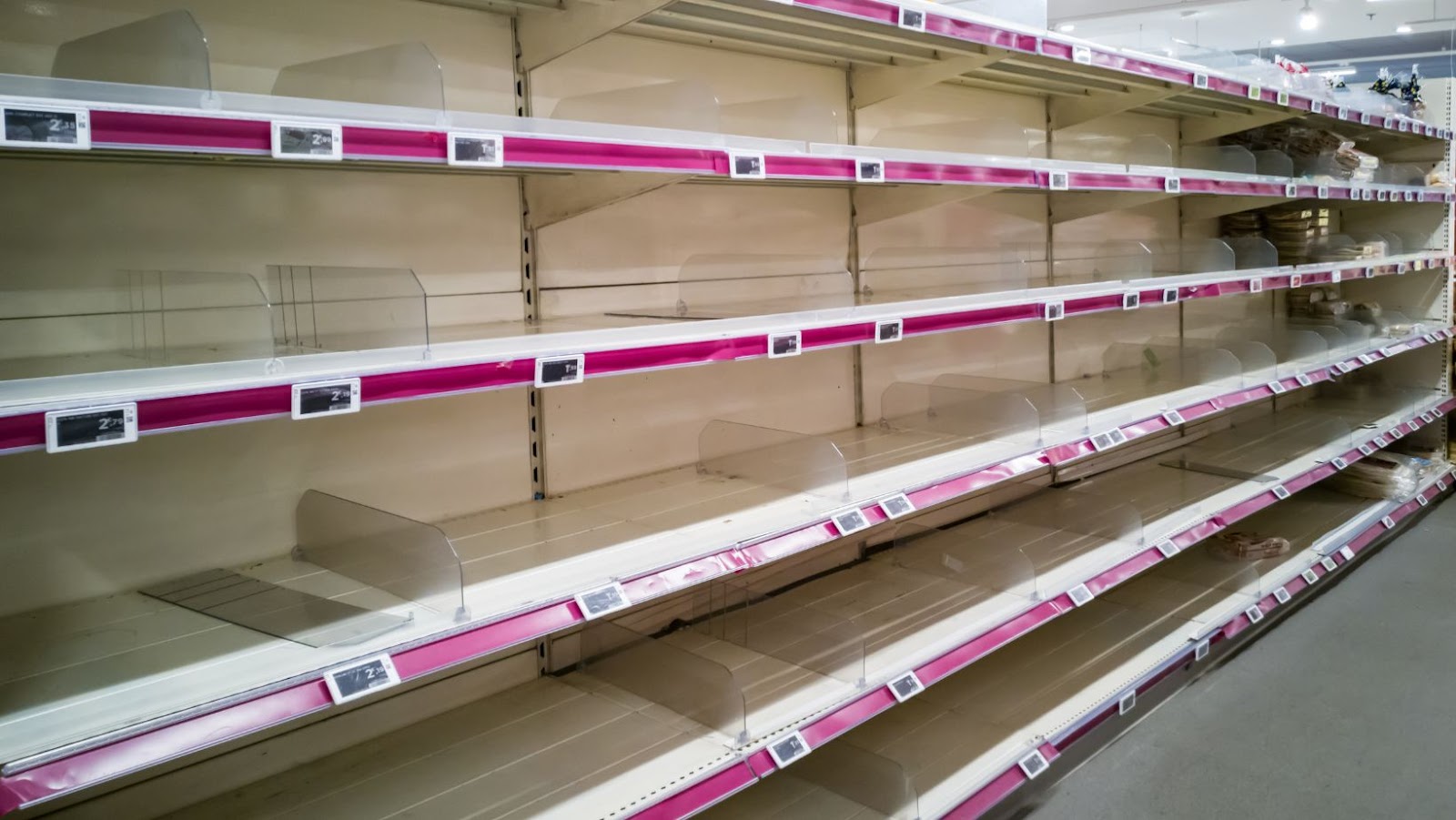Will There Be Food Shortages in 2023?

The food supply chain is impacted by small and major events around the world. The food supply chain refers to the stages of production that food goes through before reaching the consumer. When the food supply chain grows, it becomes more fragmented.
The chain starts with raw materials inventory, like agricultural supply products. From there, it moves through various steps until it becomes a finished good. During the production stage, food is grown, cultivated, or developed. From there, it’s handled and stored, and next up is processing and packaging. Next are distribution, retail and wholesale, and finally, consumption.
2022 was a year with a lot of disruptions to these patterns. First, there have been supplying chain issues due to everything from the lingering effects of the pandemic to the crisis in Ukraine.
This has left a lot of people wondering what 2023 might look like as far as food and possible shortages.
Logistics vs. Supply
In 2022, most of the food-related issues are because of logistics rather than actual supply issues. For example, there are disruptions in the shipments of grains coming out of Ukraine and Russia.
However, some analysts and experts feel that 2023 could mean actual food crises, with the food supply itself facing peril. This might be especially true in Ukraine. The invasion of Ukraine by Russia interrupted the spring sowing season in April and May. Another sowing season was interrupted from September to November.

McKinsey, in an August 17 report, forecasted a sharp decline in harvest volumes in Ukraine. McKinsey estimated the Ukrainian production of grains like wheat would decline anywhere from 35-45% for the next harvesting season.
Based on McKinsey forecasts, the Ukrainian harvest will be 30-44 million tons below normal levels. This converges with problems in Russia and Brazilian. McKinsey wrote in their report that the supply is likely to tighten. The report included interviews with local growers, as well as local data analysis.
Fertilizer Prices
Another factor that has some analysts fearing food shortages in 2023 is the soaring prices of fertilizer. In 2021, Russia made up nearly one-fifth of fertilizer exports. However, the Ukrainian war has caused major disruptions. From a year ago, the prices of urea have more than doubled. Urea is a nitrogen fertilizer.
Shortages of fertilizer and high prices for it are probably going to reduce yields in countries that depend significantly on fertilizer imports, like Brazil. McKinsey said this is going to even further reduce the volume of grain available on the world market.
Farmers in places like Guatemala have noticed similar trends. Farmers haven’t been able to invest in the next production cycle because they can’t afford fertilizer or other inputs that come from oil, like the plastics for pipes for irrigation.
Analysts are also citing climate chain as a problem that may contribute to certain food shortages in 2023. McKinsey cited the extreme climate conditions, including droughts in Europe and floods in Australia.
What Foods Are Most Likely to Be Affected?
When we look at current expectations, it’s likely that some types of food will be more affected by shortages in 2023 than others. Bread is one of the items most likely to see the effects of the global environment and issues with the supply chain.

By mid-2022, a lot of bakeries were already feeling the strain. Bread prices around the U.S. have gone up as a result. Another item that may be more affected than others is vegetable oil. Many of the oilseeds that are used for a variety of items come from Ukraine and Russia. For example, these two countries make up around 70% of global sunflower seed and oil production.
There’s also a shortage of palm oil in Indonesia, and the country briefly banned the export of the product in 2022.
Corn is one of the most versatile foods, and it plays a role as an ingredient in so many foods. Unfortunately, less corn was planted in 2022 than the previous year, which means that could be a shortage in 2023. While the availability of corn may not altogether go away, prices could be higher.
A third food category that analysts will be watching in 2023 is butter. There is a butter shortage predicted, and if you do the grocery shopping in your household, you’ve likely seen the rising prices of this key ingredient.
Of course, we don’t know for sure what might happen in 2023, and there are a number of events that could affect the food supply in a positive or negative way, which is something to watch for.



